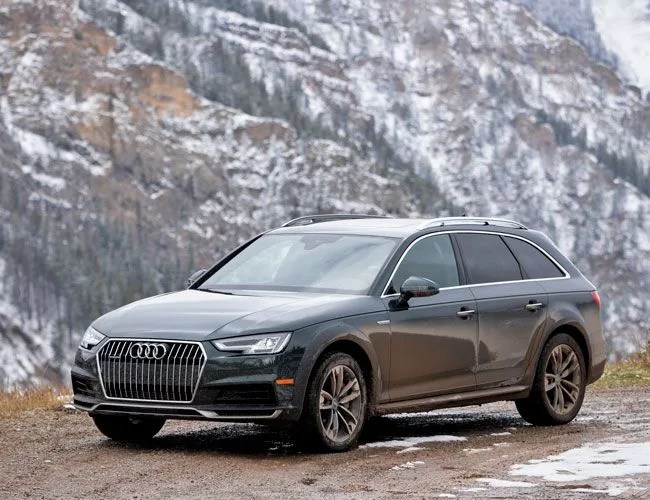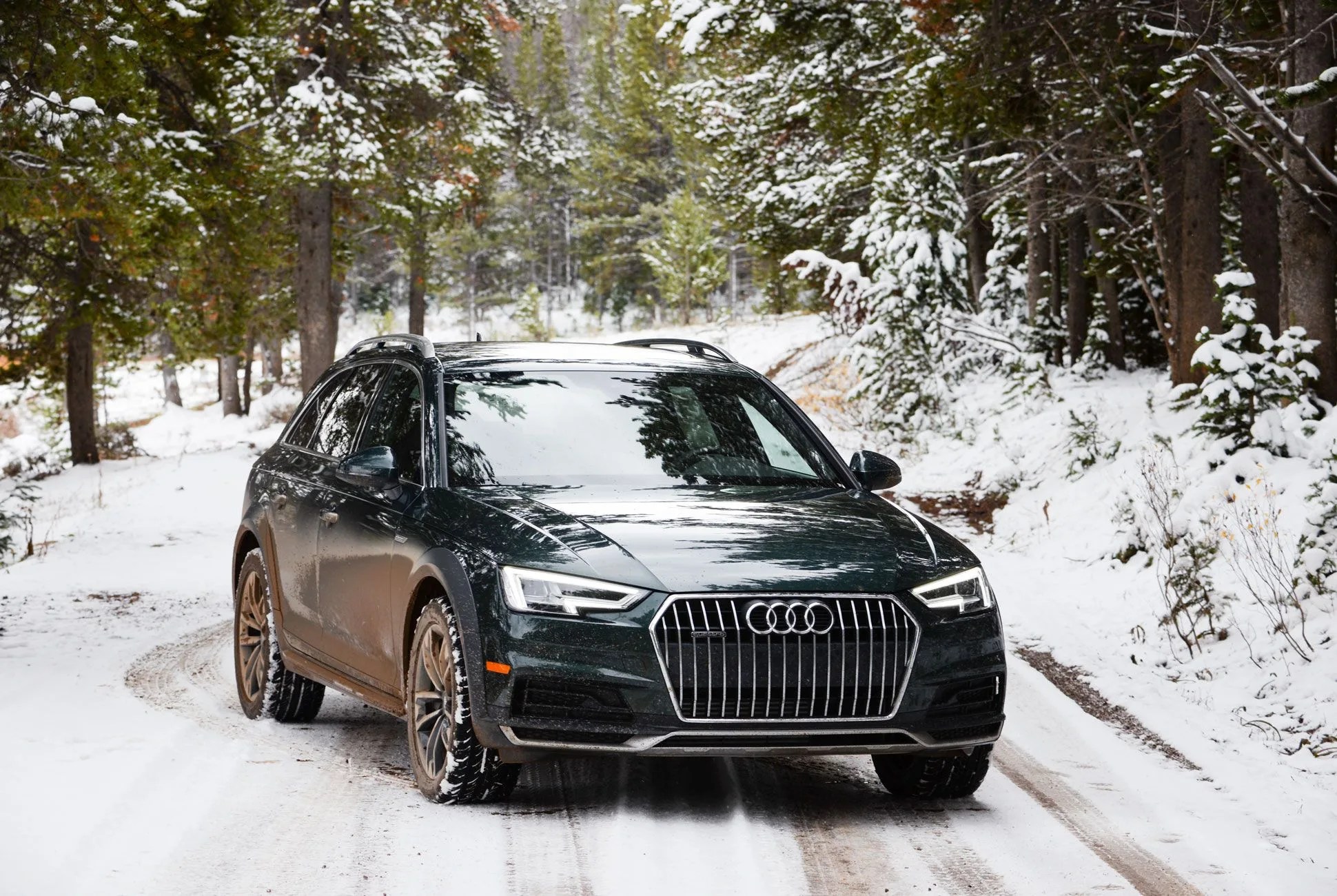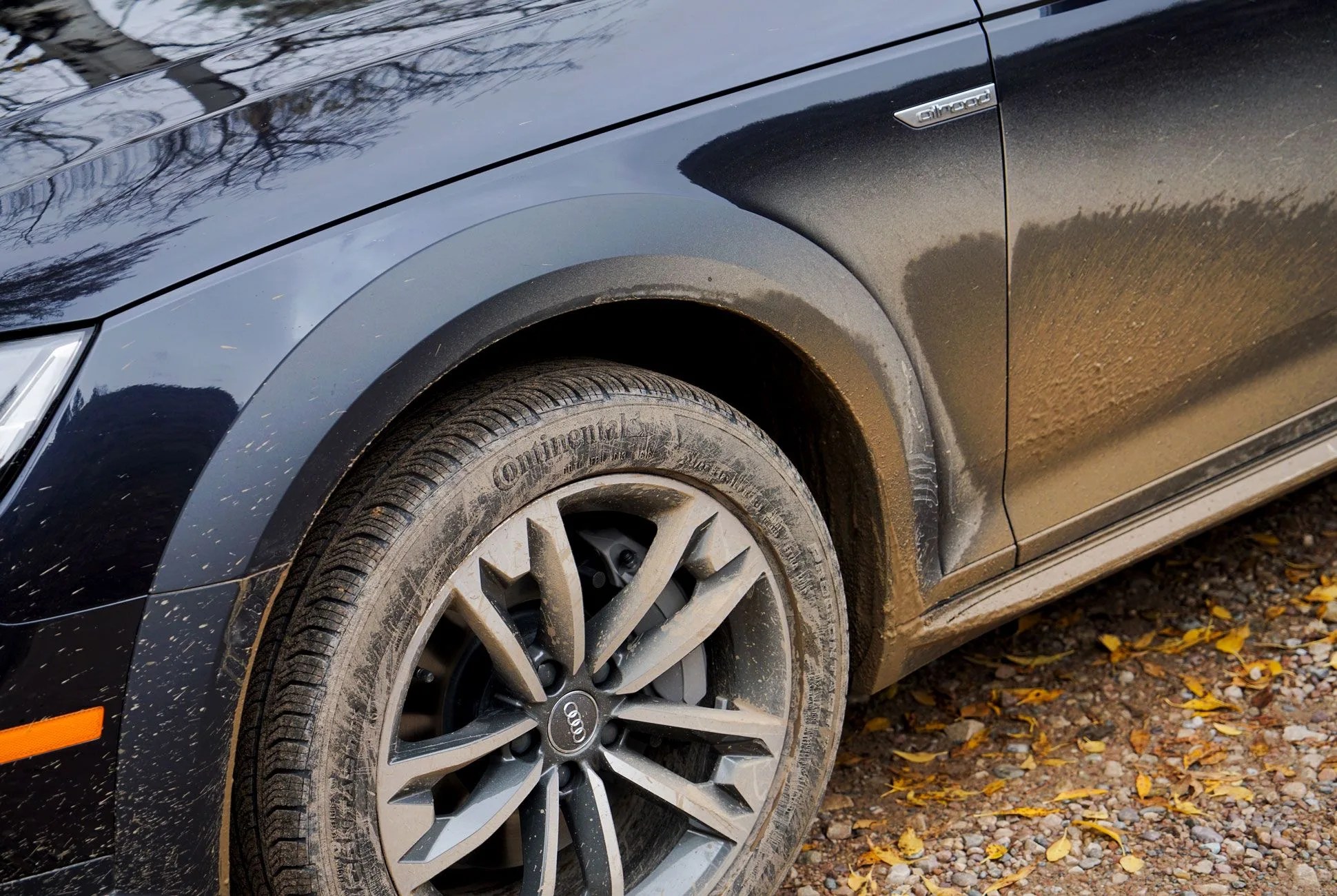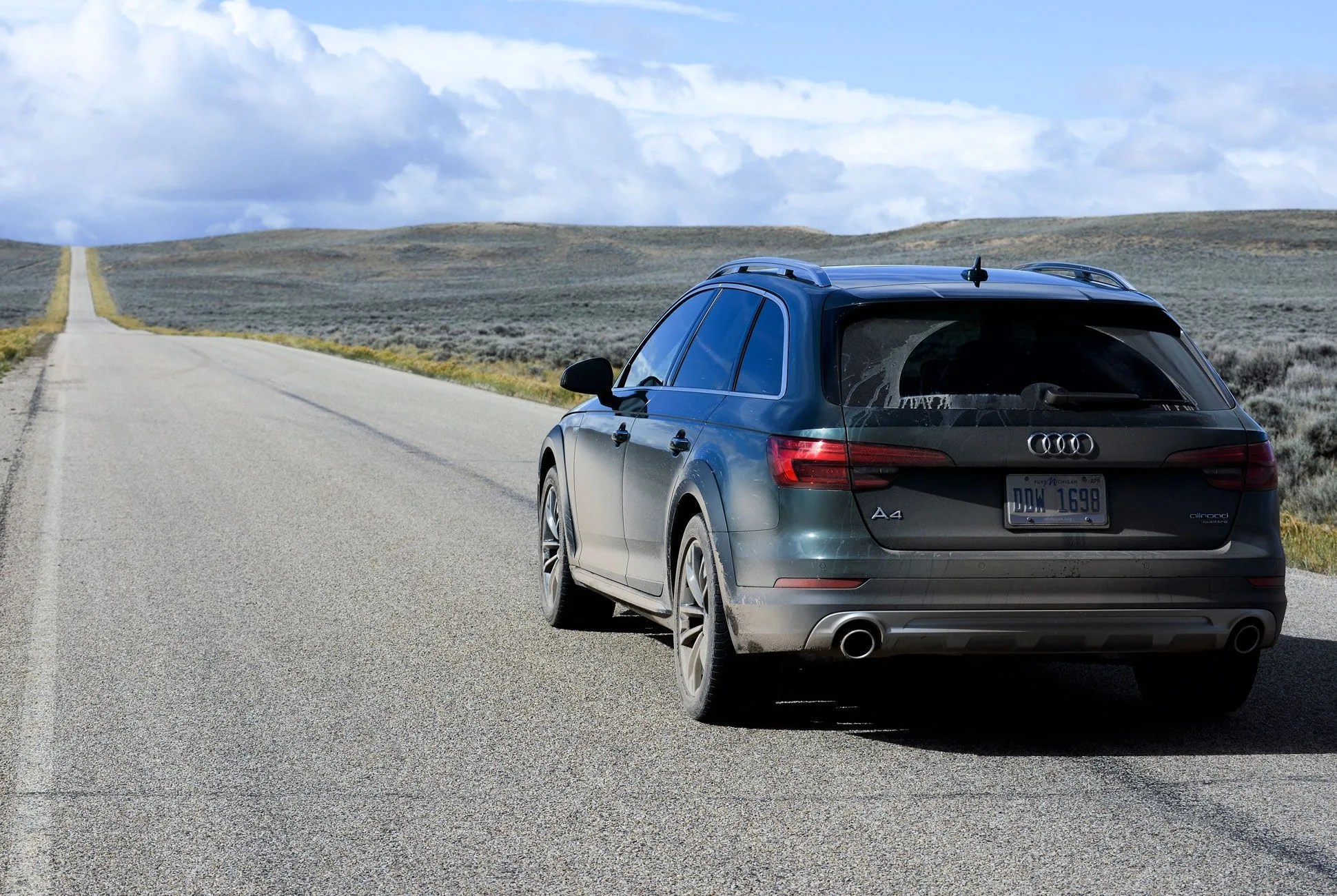8 photos
Wyoming weather in October can be a rascal. Depending on your location, elevation, and speed of transit through both, the whole situation can change by the second. While testing the new 2017 Audi A4 Allroad in and around Jackson, just south of the spectacular Grand Teton National Park, I encountered snow, ice, mud, driving rain, wind gales, and bone-dry but still slippery-as-hell gravel — and that was before I even left the parking lot. What better place to try out Audi’s new Allroad wagon?
The A4-based model — which starts at $44,000 and tops out around 10 grand higher — comes with a host of body tweaks and suspension improvements, namely more aggressive wheel arches, a better-protected underbody, and an extra 34mm of ground clearance over the standard A4, but its real trick is in the transmission. In the pursuit of ever-more-precious fuel economy, Audi developed — or better yet, reimagined — its all-wheel-drive Quattro system. The new design, called Quattro with Ultra Technology, aims for optimized performance and efficiency achieved via more precise and aggressive control of power distribution based on the conditions and driving style. (In English: It constantly flips back and forth between front-wheel-drive and all-wheel-drive.) It uses an electronically controlled multi-plate clutch and — in the most significant departure from Audi heritage — a decoupling rear axle differential.
This is different from previous systems, which keep all four wheels engaged to one degree or another. In the new Allroad, the car can breeze down the highway in front-drive for maximum fuel economy but with milliseconds’ notice — or even before the demand is present, based on algorithms keeping track of road conditions and vehicle dynamics — can engage the rear wheels and apportion power to the wheels most in need of it. Fuel economy numbers for the new model hit 24 combined, up from the last generation’s 23 — not a huge bump for a completely redesigned drivetrain, but this is the world we live in.
2017 Audi Allroad
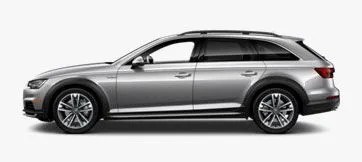
Engine: 2.0-liter 4-cylinder
Transmission: 7-speed dual-clutch automatic; on-demand front- and all-wheel drive
Horsepower: 252
Torque: 273 lb-ft
0-60 mph: 5.9 seconds
Top Speed: 130 mph
Curb Weight: 3,825
MPG: 21/28, city/highway
MSRP: $44,000
